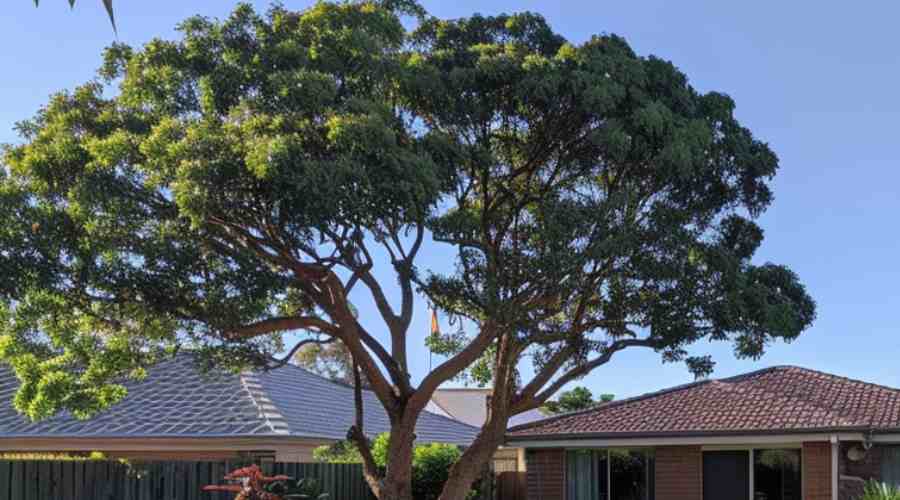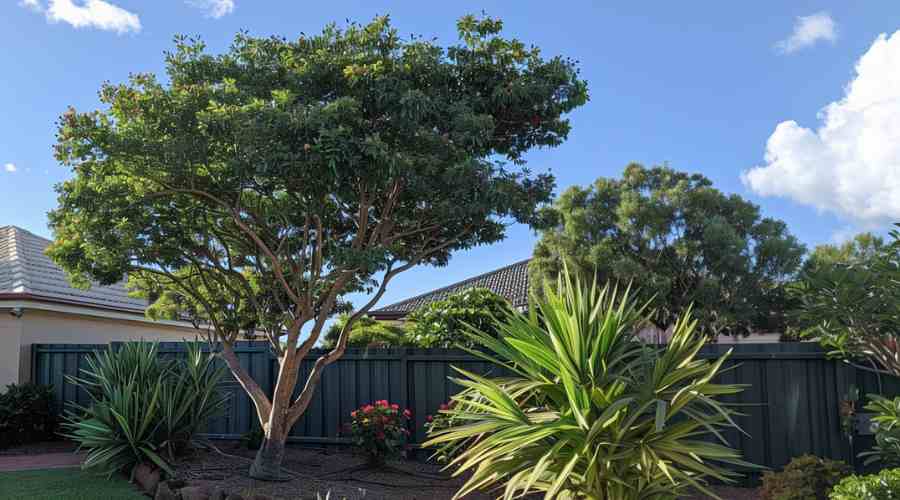The Environmental Impact of Tree Removal
Hidden Impacts of Removing Trees
Trees play a vital role in our ecosystem. Removing trees has a negative effect on climate change, natural elements, soil, water, quality of air, temperatures, and energy use. This article will explain how tree removal impacts the environment and discuss more sustainable options.
1. Climate Change
Trees take in carbon dioxide during photosynthesis. Just one grown tree absorbs over 50 pounds yearly. Taking down trees releases stored carbon back out. Plus trees stop storing more. Over years, heavy tree loss leads to too much carbon in the air. This speeds up climate change. This brings more floods, droughts and wildfires. It causes destruction of habitats and where people live. Stopping tree removal limits harmful changes.
2. Loss Of Habitat
Dead and fallen trees give homes for owls, squirrels and insects. Living trees host whole ecosystems in their roots, trunks, branches and leaves. Their sap, pollen and seeds feed animal species. Losing trees wipes out nest places and major food sources they rely on. With loss of trees, wild species crowd if they can move. Or their numbers drop if they can’t adapt. Protecting standing trees maintains connected homes.
3. Harm to Native Plants
Big machines used for tree removal pack down and wreck soil. Trucks hauling trees run over plants too. Being exposed to more sun helps weeds invade native plant species. Logging removes nutrients faster than they replenish, weakening soil. So they don’t bounce back well if harvests are too big. Low impact methods sustain forests best.
4. Acceleration Of Soil Erosion
A big tree’s roots grip tons of soil. Tiny roots, fungi and microbes bind soil crumbs like glue. Without trees, harsh sun, wind and rain erode the unprotected land. Pounding storms rip dirt particles out of the weakened soil. Gales sweep off unanchored earth. With roots gone, erosion strips topsoil that shrubs need. Hillsides more exposed slip and slide easily. Leaving more trees stops soils from washing away.
5. Water Cycle
One tree releases over 1,000 gallons of moisture each year through leaf openings. This is called transpiration, part of the cycle. It creates lift that pulls in coastal rainfall. Big forests transpire most, making local rain and weather. Cutting many dead trees disturbs those rainfall patterns. Managing hectares of forest better maintains water quality cycle balance.
6. Air Quality
Trees remove dangerous gases and pollution bits small enough to harm lungs. Leaves take in these pollutants for photosynthesis. Some species filter more than others. A single grown tree saves enough pollution for 10 people each year. More city forests could catch far more emissions before they spread.
7. Temperature Changes
Transpiration from trees cools temperatures too. As vapor escapes leaves, moisture left behind absorbs heat to evaporate. This transfer creates cooling shade. Neighborhoods 35% covered by trees can be 9 degrees cooler than treeless areas. Hot summers without shade and cooling means higher AC bills. Keeping urban trees helps avoid dangerous heat waves.
8. Higher Energy Use
Trees lower summer electricity for AC through cooling shade. Home AC makes up 12% of all household energy use. With fewer trees, uncovered neighborhoods heat up. Homes run AC more as temperatures climb, burning extra power plant fuels. That spurs more emissions worsening climate change. Saving city trees cuts waste and emissions.
Benefits Of Trees
What are the benefits of keeping more trees? Trees provide:
- Home for wildlife
- Oxygen and clean air
- Cooler temperatures
- Prevented erosion of soil
- Beauty and privacy
- Reduced noise
- Stores carbon dioxide
Sustainable Options
Instead of removing trees, cities and homeowners can:
- Plant more trees in areas needing shade or wildlife habitats
- Care for existing trees with regular pruning and health checks
- Only remove unhealthy or dangerous trees if necessary
These sustainable practices will let us enjoy the numerous benefits while keeping natural environments healthy.
FAQs
Doesn’t removal allow new trees to grow?
In natural areas, yes but removing community trees breaks up healthy shelter. New city plantings take many years to mature and replace old tree health benefits.
How does my one tree removal service contribute to climate change?
One urban tree stores many pounds of carbon yearly. And surrounding trees depend on each other for soil nutrients, shade, etc. Losing one tree impacts the whole ecosystem.
Conclusion
Healthy trees are vital living parts of our shared environment. They regulate temperatures, store carbon, prevent erosion, supply oxygen, and sustain wildlife. Removing trees degrades these systems in damaging ways. Yet by planting and protecting urban forests, we can help wide variety of trees keep our local weather resilient for generations to come.
Pro Tip:
Trees play a vital role in keeping balance nature through taking in greenhouse gases, refilling the water table, and giving homes to local species. The disappearance of trees harms these delicate balances, letting more greenhouse gases speed up global warmimg, lowering groundwater, and removing animal homes. With devastating impact across linked domains, saving trees is key to maintaining healthy forests that fill critical roles benefiting ecological balance.


